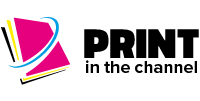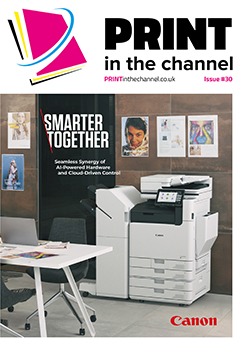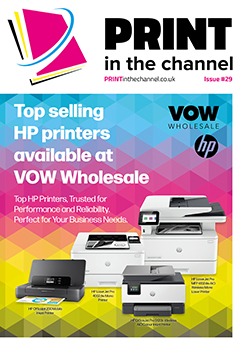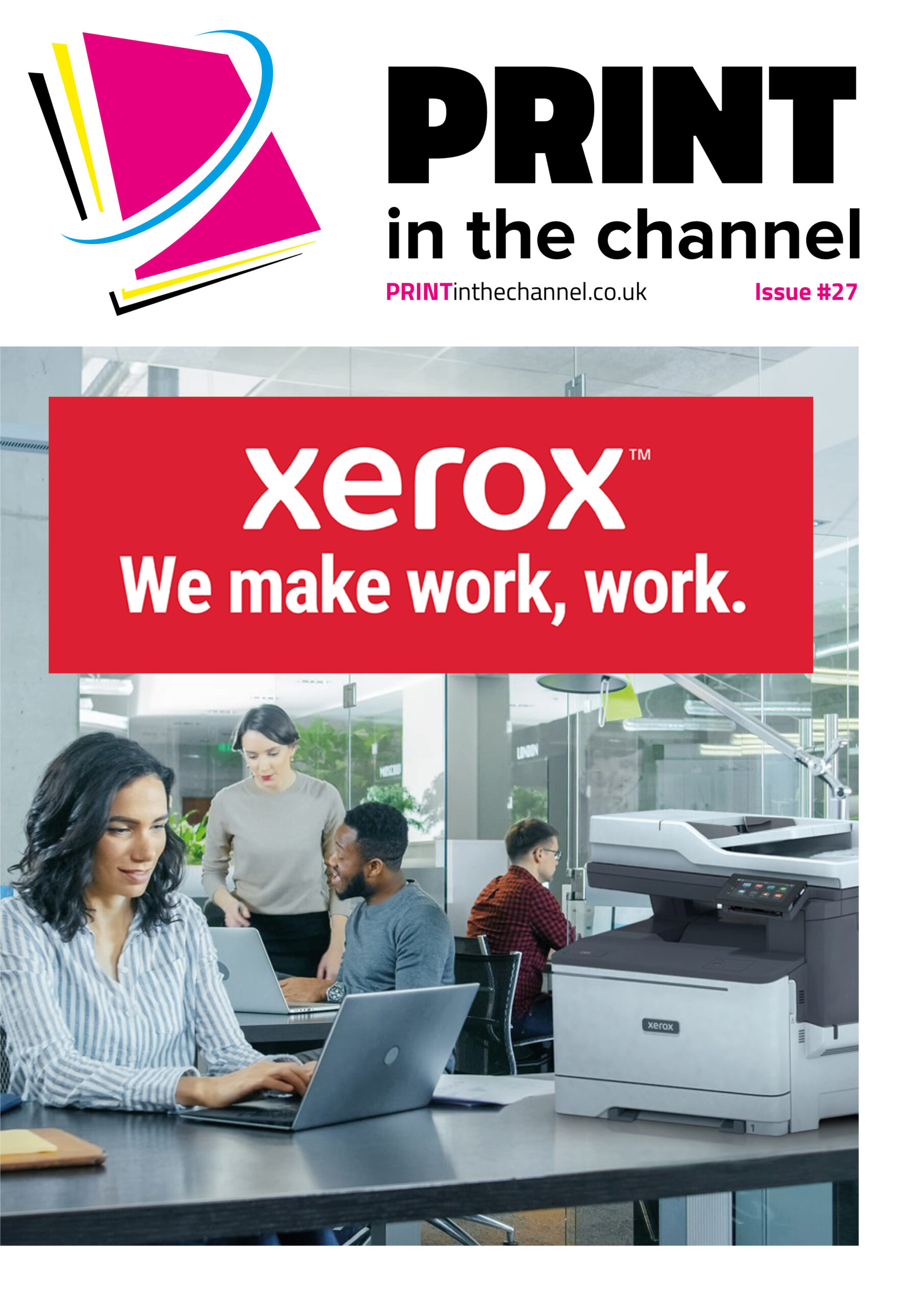Workflow management solutions are becoming increasingly popular among businesses, but with a raft of solutions on the market, resellers have an important role to play in helping customers to choose the right solution for their business and then ensure it remains relevant to their needs afterwards as needs and products continue to evolve.
Post-COVID, the ‘Great Resignation’ has seen employees more willing to quit their jobs to find roles that may pay more, have increased flexibility but also greater job satisfaction than they were pre-pandemic. Understandably, employers don’t want to lose good employees and are seeking ways to keep their talent in place. While pay and greater flexibility can be difficult to provide in tough economic times, there is more that they can do more to help employees feel more fulfilled in their roles.
For instance, recent research conducted by Ricoh Europe revealed that out of 6,000 workers polled across the UK and Europe, 64% said they would enjoy their work more if they had time for creative tasks. This is where workflow management can bring rewards for employers. “Document workflow automation can streamline admin-heavy tasks and reduce manual errors through rapid data input, giving employees time back for more creative and valuable tasks, which helps drive innovation,” says Rowan Jeffreys-Hoar, director indirect sales at Ricoh UK.
For example, processing paper-based documents requires time and patience. “Document workflow automation can speed up business processes and creates efficiencies for the wider business, leaving employees more time for problem-solving, which requires genuine human input and result in business growth,” he says.
Freeing up employees from admin doesn’t just bring about benefits for them, but also for the wider business. “Digitising paper documents not only offers reduced paper handling expenses, required office space and a host of environmental benefits but also means documents are securely controlled,” Rowan says. “Logged access creates transparent workflows, while powerful search and display options allow for the quick retrieval of information.
“In a hybrid work setting, mobile apps and web clients can connect from any location, enabling access to authorised business sites, home, from out in the sales field and while travelling, enabling employees to work collaboratively and seamlessly from multiple locations, ensuring business continuity and productivity.”
Michael Field, chief executive of Workflo Solutions, adds that workflow management solutions can help with streamlining business processes by eliminating bottlenecks and inefficiencies. “For example, a workflow management solution can be used to create a workflow for onboarding new employees, which ensures that all necessary steps are completed efficiently and effectively,” he says.
Increasing demand
Paul Day, technical director of document management specialists FileStream, says that demand for workflow management solutions is increasing as the hybrid working model develops, meaning that not all employees are in the office at the same time. “This means knowing where and what stage things are in a business is a great advantage as this can be managed,” he says. “For example, if someone is off sick then the work can be passed to another team member, so deadlines are still met.
“Looking at our new customers’ requirements, we are never asked about workflow, it’s a given. Ten years ago, it was a buzzword, but now it’s a necessity to have it available within your solution.
“There are many solutions on the market, but the biggest difference is cost, they all tend to do the same things even though they may have been given different names and brands.”
Solutions
Taylor Grosso, senior director of global channels and alliances at Laserfiche, adds that workflow management solutions range from niche solutions to comprehensive content services platforms. “Resellers should evaluate customer needs to determine the right solutions, but some of the biggest differentiators of leading solutions include ability to integrate, low-code/no-code tools, prebuilt solution templates, and security tools,” he says.
“It’s important to also assess ease of use and user experience, along with the trust of industry peers. These factors can determine success of adoption and time to value, and ultimately customer satisfaction.
“It is important to ensure that the solution is user friendly, scalable (robust), and a low-risk solution. Decision makers should seek out COTS offerings with strong market share and reviews.”
Rowan agrees that there are many products on the market. “So to get to the root of customers’ challenges quickly and efficiently, resellers must start with the customer’s pain points, rather than looking at specific solutions,” he says.
“Rather than telling a customer exactly what to buy, you need to understand what their challenges are first, and what their desired outcomes are. Ricoh can help partners with these conversations, offering customer consultations and business analysis, including return on investment, via pre-sales service. Instead of telling customers how they should do their business, we are helping them become more agile and productive through the right, integrated workflow management solutions.”
Michael adds that each workflow management solution has its own strengths and weaknesses. Some of the most popular solutions include Asana and Process Maker. These solutions offer a variety of features and functionality, so it is important to choose the one that is right for your specific needs.
“When choosing a workflow management solution, it is important to consider the size of your organisation, your budget, the industries you serve and the specific features and functionality you need. For example, if you are a small business, you may want to choose a solution that is easy to use and affordable. If you are a large enterprise, you may need a solution that offers more features and functionality, such as custom workflows and integrations with other systems.”
Choosing the right solution
But as there are so many solutions on the market, resellers play a crucial role in helping customers to choose the workflow management solution that is right for their needs.
Michael says that it is crucial that resellers understand the customer’s business needs. “Resellers need to take the time to understand the customer’s business needs, including their current workflows, pain points, and goals,” he says. “This will help them to identify the workflow management solution that is the best fit for the customer’s specific needs.
“Resellers should also demonstrate the workflow management solution to the customer so that they can see how it works and how it can benefit their business. This will help the customer to make an informed decision about whether to purchase the solution.”
Resellers also need to provide support once a purchase has been made, Michael adds. “This may include helping the customer to implement the solution, training their employees on how to use it and troubleshooting any problems that may arise,” he says.
Rowan agrees that resellers need to take a long-term approach with customers with pre- and post-sale support to continue to understand the customer’s ever-evolving needs. “As with any keystone investment, resellers should use proven partners with broad experiences in workflow management and complementary technologies,” he says.
“At Ricoh, we work with several partners to make sure they have the right people, skills, expertise and training to help customers understand the benefits of their software and services. A good partner can supply experts to help support any solution design.”
Trends
Workflow management is still an evolving sector, with the technology developing alongside the evolution of customer demands. Although as Rowan notes, customer demands for what they want from workflow management solutions vary across different parts of a business. “Within the finance function, automating accounts payable is an area of focus to ensure businesses can get cash in on time,” he says. “This includes the automation of invoice approvals, three-way matching and other AP processes.
“Meanwhile in HR, workflow management can streamline interview processes by routing paperwork documents, compliantly storing information and saving time with employee-self-service to pay stubs, fill out forms and more.
“Workflow is also important for governance and compliance around customer data. Not being able to access and trace your communications could be detrimental for the wider business. With the Information Commissioner’s Office now able to issue fines of up to 4% of a company’s annual turnover, or €20 million, it’s becoming increasingly clear that businesses need effective procedures in place to handle data and information.”
More generally, there is a trend towards shifting workflow management solutions to the cloud, Michael notes. “This is because cloud-based solutions offer many advantages, such as scalability, flexibility and ease of use,” he says.
“Artificial intelligence (AI) is also increasingly being used in workflow management solutions to automate tasks, make decisions and provide insights. For example, AI can be used to automate the routing of tasks, identify bottlenecks in workflows and predict future outcomes.”
There is also more of a focus from providers on improving the customer experience, Michael adds. “Workflow management solutions can help organisations improve the customer experience by streamlining customer-facing processes and providing real-time visibility into the status of customer orders and inquiries,” he says.
Taylor adds that more importance is being placed on ease of integrations as organisations progress in their digital transformation initiatives. “Integrations are key for end-to-end solutions as teams require many different line-of-business applications, need to be able to collaborate between teams as well as between the organisation and external parties,” he says.
“Also top of mind for all industries is security and compliance. The risks and costs associated with data breach continue to grow, which is why SaaS offerings are increasingly popular as the vendor takes on the work of updates and patches that would previously fall on internal IT teams.”
Future
All those quoted agree that demand for workflow management solutions will to continue to rise in the next couple of years.
“This is due to many factors, including the increasing shift to remote work, the growing complexity of business processes and the need to improve customer experience,” says Michael. “Workflow management products are also expected to continue to evolve. For example, we can expect to see more workflow management solutions that leverage the power of AI and machine learning.
Taylor agrees that AI will also create more opportunities for automation. “For instance, by helping to identify and automate tasks and analysing process data,” he says. “This fits with organisations’ increased effort to optimise people’s time.”
Rowan adds that with AI being used to automate increasing numbers of manual processes employees will be able to devote more time to training and upskilling. “A recent report from the Institute for the Future of Work found that 78% of organisations that adopted automated technology reported this had resulted in new job creation – making training and upskilling key to future success,” he says. “People will remain at the core of business functions, with AI facilitating business innovation and growth by reducing time and effort on manual tasks.”
With this in mind, it can help to improve employee satisfaction in their roles and help businesses to keep their talented employees and ensure that the ‘great resignation’ becomes a thing of the past.










